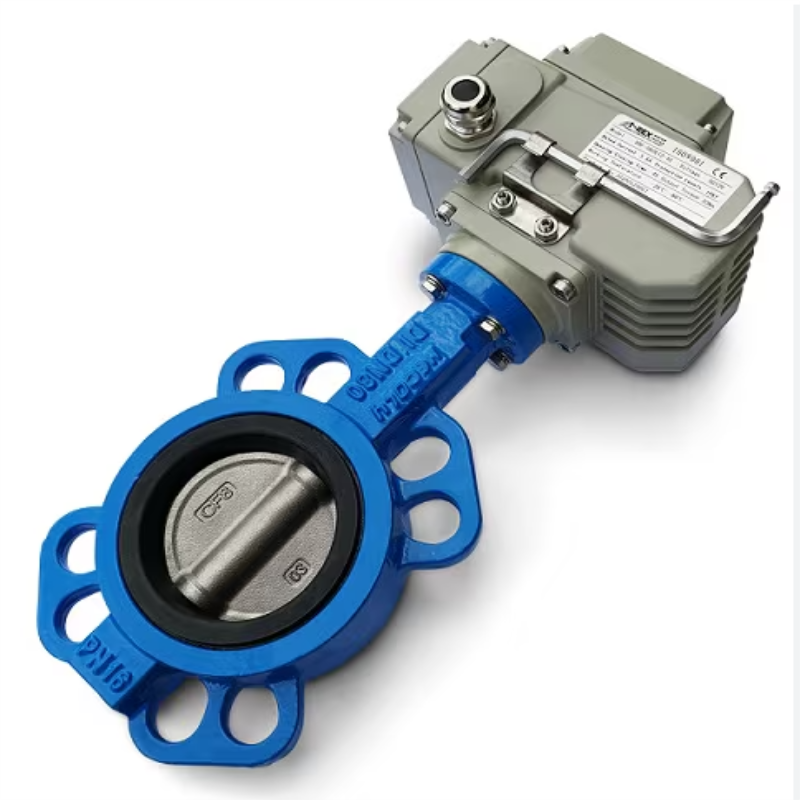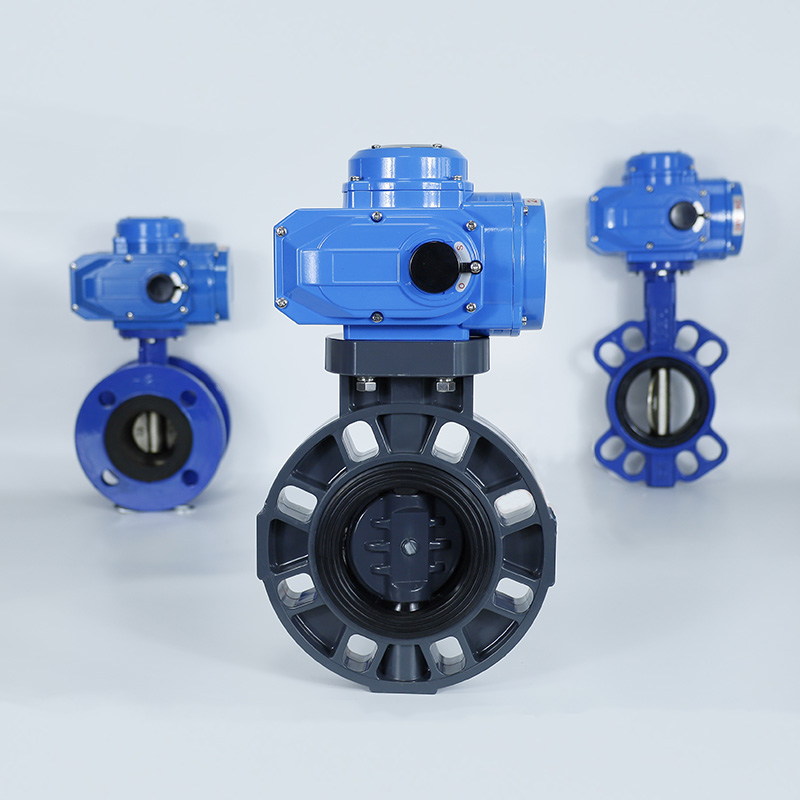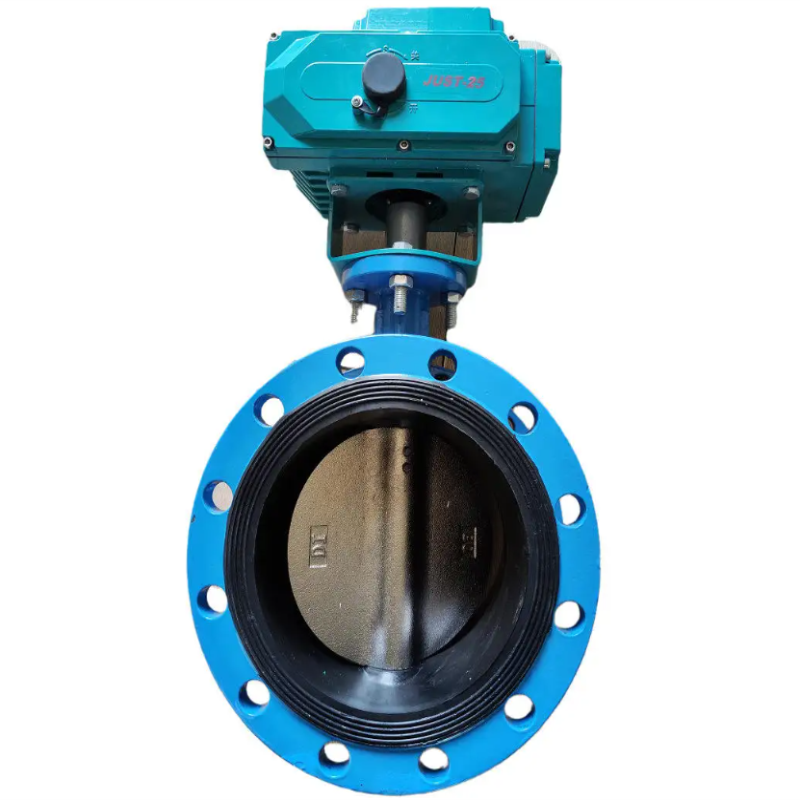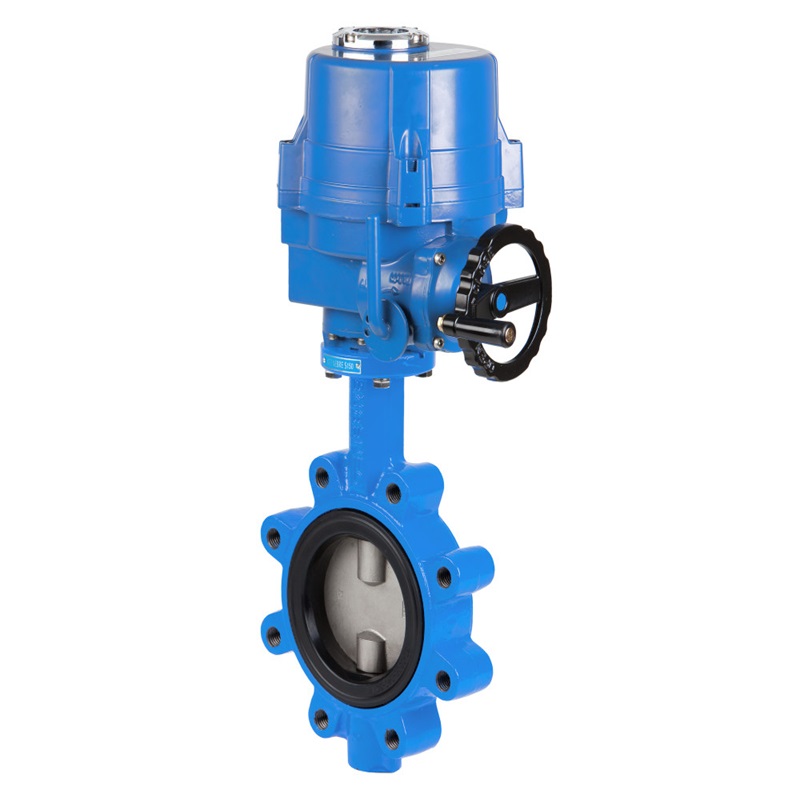How to Determine if an Electric Butterfly Valve Needs Replacement?
I. Leakage Conditions
There is evident leakage of the medium within the valve body, whether through the valve stem, valve seat, or the connection between the valve body and the pipeline. If the leakage issue cannot be effectively resolved even after multiple repairs and adjustments, valve replacement may be necessary.
For instance, in chemical pipelines, continuous medium leakage from an electric butterfly valve can lead to environmental pollution and safety hazards, necessitating replacement.

II. Decline in Operational Performance
The valve’s response to control signals becomes sluggish, with a noticeable increase in response time, affecting the system’s normal operation and control accuracy.
The valve fails to fully open or close, unable to meet the flow control requirements of the process.
For example, in a water supply system, if an electric butterfly valve fails to close promptly, leading to uncontrolled water flow, an assessment for replacement should be made.

III. Wear and Tear of Valve Core and Seat
Inspect the degree of wear on the valve core and seat. Severe wear can degrade sealing performance, impacting the valve’s regulating and shut-off functions.
For instance, electric butterfly valves used for extended periods in high-wear media transportation may exhibit deep scratches and wear on their valve cores and seats.

IV. Frequent Electrical Failures
The electric actuator experiences frequent malfunctions, such as motor damage or control circuit failures, with high maintenance costs.
For example, the motor of an electric butterfly valve burns out repeatedly, or the control module frequently fails.

V. Corrosion and Damage
Severe corrosion of valve body, valve stem, and other components can compromise structural strength and sealing performance.
External mechanical damage renders the valve unable to function properly.
For instance, electric butterfly valves operating in marine environments or with highly corrosive media may sustain corrosion-induced damage.

VI. Exceeding Service Life
The valve has reached the manufacturer’s specified service life, with a noticeable decline in performance.
Although still operational, the frequency and cost of repairs continue to increase.

